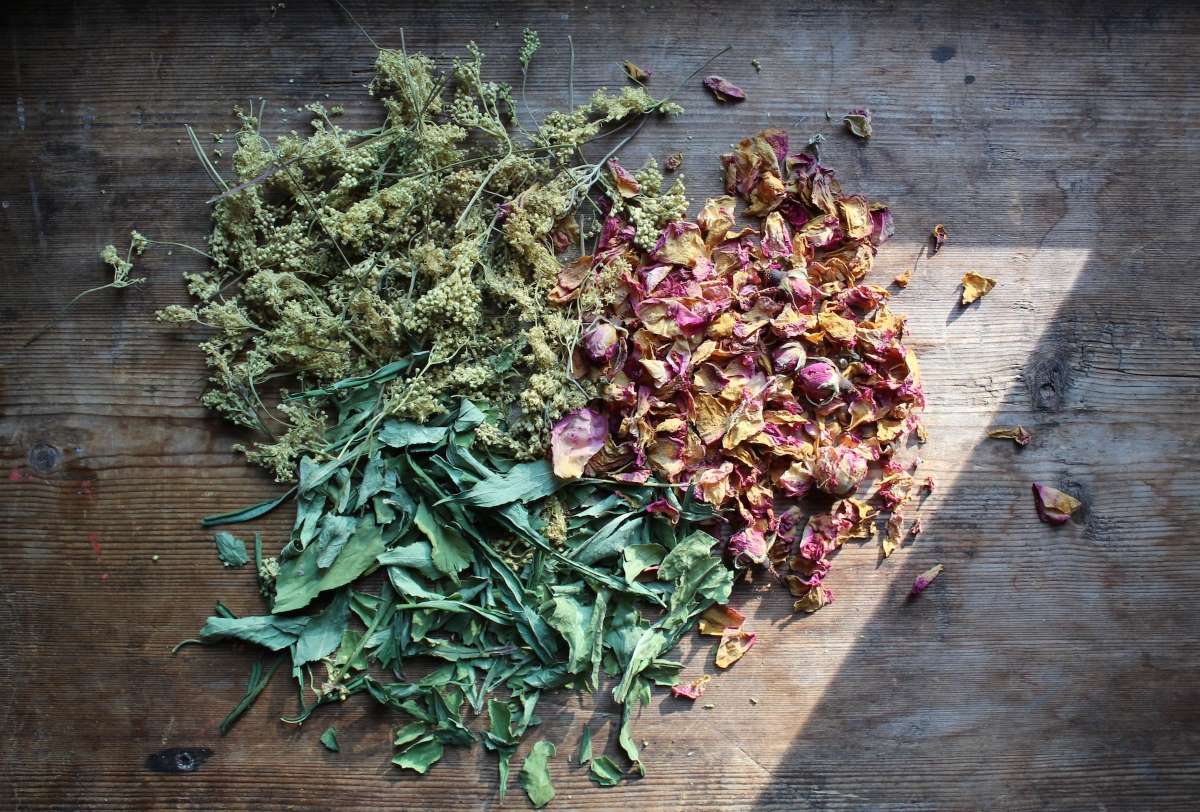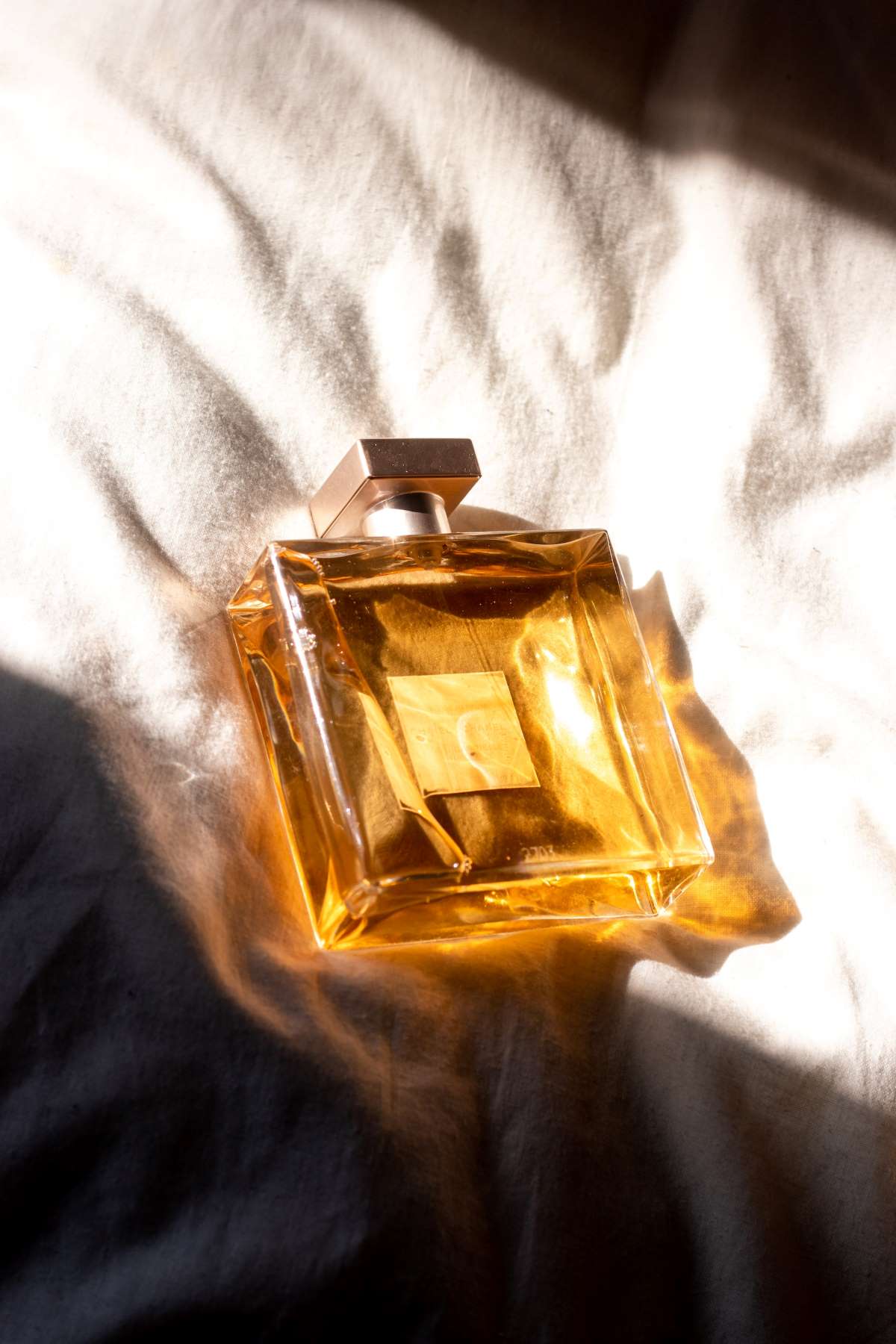
Upcycled Fragrances | Standing The Test Of Time?
Upcycled fragrances are a trend that has been explored by many in the beauty industry, especially in perfume. It’s a sustainable way to produce fragrance, exploring zero-waste alternatives. As a concept, brands know that it’s fun and intriguing for consumers. Could the industry just be hopping on a trend? Or could upcycled fragrances be the future of fragrance?
The history of manufacturing fragrance dates back all the way to the Mesopotamians and Egyptians, using natural ingredients including herbs, spices and honey. It was only the late 19th century when synthesis of aroma molecules was used to manufacture perfume, transforming the industry. Despite synthetic ingredients changing the way that perfume is made, natural ingredients are still popular with brands and consumers. Petals, wood, herbs and spices often make appearances in ingredients lists, but there’s an issue that lies in the waste.
FRAGRANCE INDUSTRY AND WASTE
The fragrance industry is estimated to be producing 92 million tonnes of waste every year, including the natural ingredients used when manufacturing. It’s not just the fragrance industry guilty of wasting a large amount of natural resources, with citrus fruit production accumulating around 120 million tonnes of processing waste per year. However, with this large amount of waste comes an abundance of opportunities for perfume makers. This is especially relevant as, according to ESW, nearly 60% of Gen-Z and Millennials are only buying eco-friendly brands.
Brands in the beauty industry have already been exploring sustainable concepts for packaging using recycled and regenerative materials, for example. Perfume brands, in particular, have been introducing refillable bottles to reduce the amount of packaging wasted. They’re becoming increasingly popular in Europe, especially France, with figures from The NPD Group stating that sales increased by 56% from the previous year in the country. Despite the increase in sustainable packaging, the fragrance industry still faces the issue of producing an alarming amount of waste. However, more sustainable ways to manufacture fragrance have been circulating in the industry.

UPCYCLING FRAGRANCES
Although innovative, upcycling is not a new concept. It’s been used for years in many different industries as a way to reduce waste and use materials more efficiently, especially in textiles. Upcycling fragrance, however, is an intriguing idea that has recently been making more appearances throughout the industry. Basically making perfume out of waste, brands have been using this circular approach to utilise the by-product of processed ingredients. Materials that have already been processed to manufacture perfume would typically be considered “waste”, but their purpose doesn’t have to end after one use. Waste from other industries such as wood shavings and citrus pulp can intensify the fragrant notes, creating a product that has a more complex scent.


COULD UPCYCLING BE THE FUTURE?
To the consumers seeking more sustainable beauty products, upcycled fragrances appear to be a top choice, especially as a “zero-waste” alternative. It also seems like a cheaper option, as less primary resources are being used. However, the processes and technology involved would be a costly investment as well as the upcycling systems needed to be implemented. It is a large commitment but, perhaps, a true test for brands to see how far they’re willing to go for sustainability. A consequence of its popularity is that brands know consumers are interested, meaning some will cut corners in order to sell products. Greenwashing in the beauty industry is a common occurrence, especially when it concerns sustainable buzzwords such as “upcycling”. This issue is amplified even more due to the lack of regulation surrounding green claims. Therefore, brands are easily capable of marketing their perfume as “upcycled”, despite only one of their ingredients actually being upcycled, for example.
As a trend, upcycling fragrances have been a popular and unusual way to explore sustainable alternatives in perfume. Essentially adding value to waste, it demonstrates how important it is to maximise the use of existing materials. For upcycled fragrances to dominate the industry, however, strict regulation would need to prevent brands from making false claims about their product. As concerns about greenwashing rise, this will be an indicator as to how committed brands are to a sustainable future.
Highlight Image:
© Henry Be via Unsplash
Words:
Jemima Patterson
Luxiders Magazine








